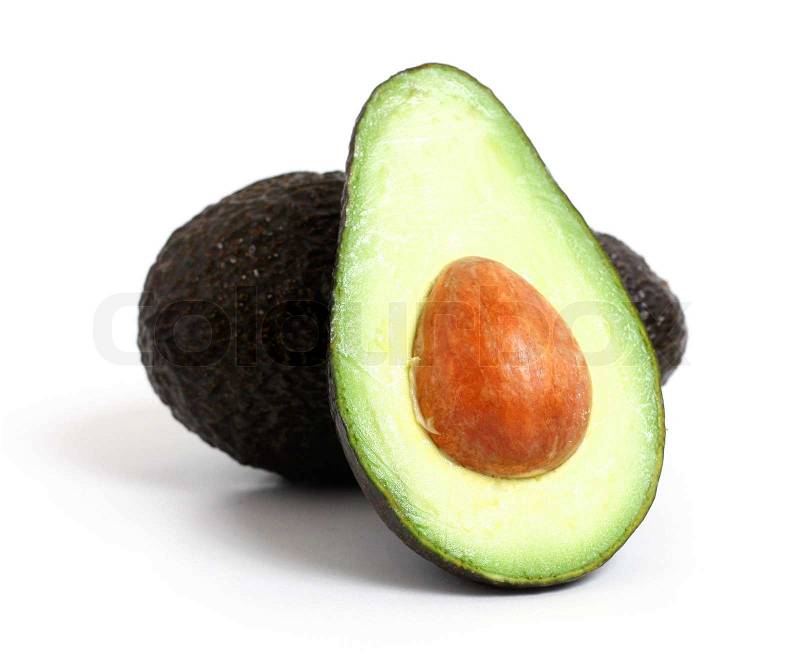No, I’m not studying abroad on a tropical island where I drink fresh coconut milk and fulfill every Whitman student’s dream by eating copious amounts of avocado every day. Though if you know me well, you know that I detest coconuts and only eat moderately copious amounts of avocado…
But trust me, coconuts and avocados are still relevant to my study abroad in France.
Here’s why.
The avocado/coconut metaphor is often used to explain the differences between getting to know a French person vs getting to know an American.
Americans (avocados) are very easy to get know (soft outer layer). However, developing a close friendship is more difficult (you run into the pit).

French people (coconuts) are more difficult to get to know, a tough shell to crack (haha). But if you persevere and get through the shell, it’s easier to develop a close friendship (soft inner layer).

This is a generalization, of course, but so far I’ve found it to be oddly accurate.
Part 1: The Hard Shell
Other than the language barrier, here are two things that have made it difficult for me to get to know the French:
- Eye contact. In the U.S., catching someone’s eye is usually the first step to starting a conversation with a stranger. However, making eye contact with strangers is very very weird in France, and people will take great eye-shifting lengths to avoid having it happen at all. Even worse, randomly making eye contact with a stranger of the opposite sex could suggest that you’re romantically interested in them!
- Smiling. I love smiling, but French people just don’t smile at strangers. One French friend told me that if you smile to yourself on the street in Paris, people will assume you’re 1. Canadian or 2. Crazy. Turns out this is also true in Nantes. People usually have a neutral expression when in public (on the bus, in the classroom) which Americans would usually interpret as “leave me alone”.
Both of these things have made it difficult for me to break the ice. However, I love a good challenge, so I decided to take it, and try to make some French friends.
Part 2: Breaking the Shell
First, I decided to go to the conversation club, a weekly club put on by my study abroad program where American IES students and French students from the Université de Nantes are invited to come and get to know each other. Half the meeting is in French, and the other half in English. I met some wonderful French students this way, but I still wanted to try to find a club within the university as well.
At Whitman, I’m involved with a club called Whitman Christian Fellowship, so I thought it would be fun to try to find a similar group at the Université de Nantes. After some intense Internet-sleuthing, I found a group called GBU (groupes bibliques universitaires). I emailed the lady in charge, and found out that they meet every Tuesday at a university residence hall, so Molly (a fellow IES student) and I decided we would try it out.
Even though the meeting was supposed to start at 7:30, most people didn’t really start showing up until about 7:45…and then it was a whirlwind of welcoming activity.
In the U.S., we usually greet people by saying our names and maybe a handshake. In France, you almost always “faire la bise”, where you kiss the person on both cheeks. As far as the number of “bises” and whether it’s left or right…it all depends (here is a map that shows the regional differences!).
Let me just clarify that before this night, I had done “la bise” a grand total of 2 times. Once when Lily (Whitman’s wonderful French language assistant) decided I needed practice, and then once when I met my host mom for the first time. Both times were awkward, so as you can imagine I was a little bit overwhelmed when suddenly I had to “faire la bise” with what seemed like 50 French university students!
By the end, I was a pro, and though glasses did make the whole process a little more challenging, I’m proud to say that I successfully did “la bise” without harming anyone.
As Americans, Molly and I were given a warm welcome. Though the meeting was long (turns out the French love of debate also applies to Bible study, which was highly amusing!), I enjoyed it, and was surprised to find out that many of the members came from all over the world- Egypt, Madagascar, The Ivory Coast, just to name a few! I had no idea that Nantes was such an international city, and it was nice to know that Molly and I weren’t the only ones experiencing a different culture from our own.
After going to two GBU meetings, I decided to try the Protestant church in Nantes, and it turns out that many of the French students I’d met at the GBU meeting are also part of the same church!
After church, some GBU members and I went out to lunch together at an Indian restaurant, which was a complex collage of cultures (I’m an American in France, reading a menu in French about Indian food…), and by the end I’d even been invited to a birthday party later that week. Sitting there, surrounded by a pitcher of rose lassi and steaming bowls of rice, tikka masala, and a plate of naan, I felt a happy glow rise up inside of me. Take that, proverbial coconut!
What a lovely description and very interesting and informative. If anyone is capable of learning how to crack coconuts as ably as they already peel avocados, it is you! (Q: real cheek kisses or kissing air next to cheek kisses?) Bises –
Thank you! And you know, I’ve asked myself the same question- you just kiss the air next to the cheek, but the important part is to touch cheeks with the other person.
Fantastic blog ! Am so excited to FOLLOW you on your adventures! Wow !!
You are an amazing writer !
Have a great day and look forward to reading more !
Hugs to you !!
Megan I’ve enjoyed reading this and look forward to reading more of your blog!
Very happy that you are able to study in France ??It’s a beautiful country!
Take Care
Pam